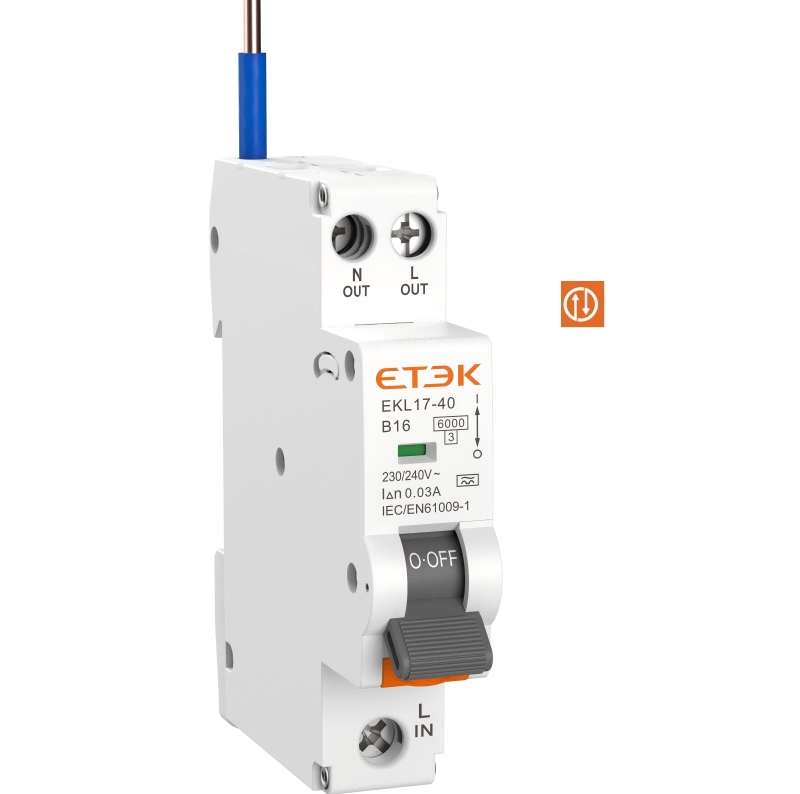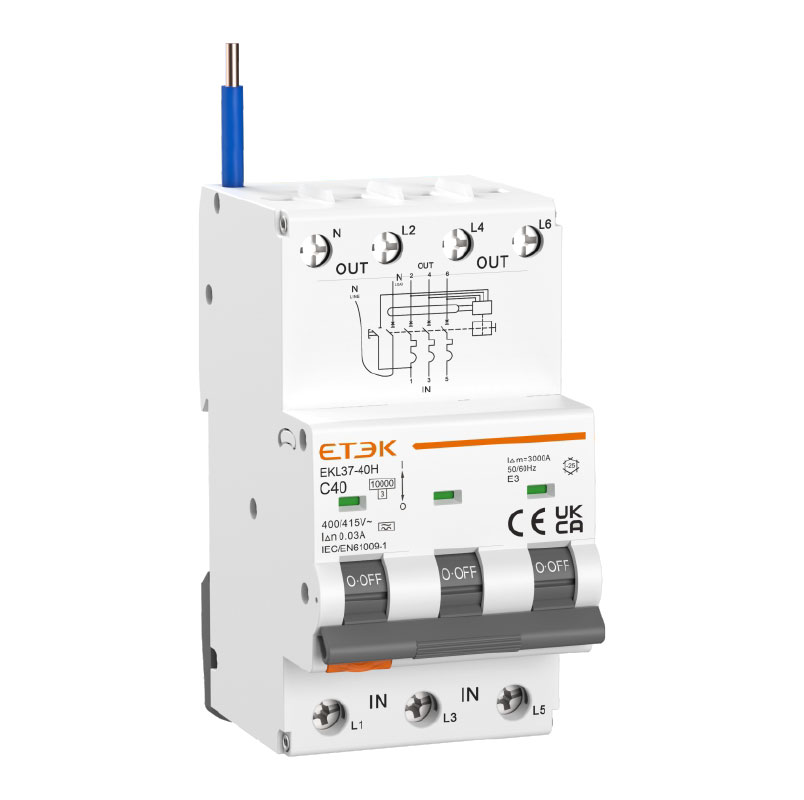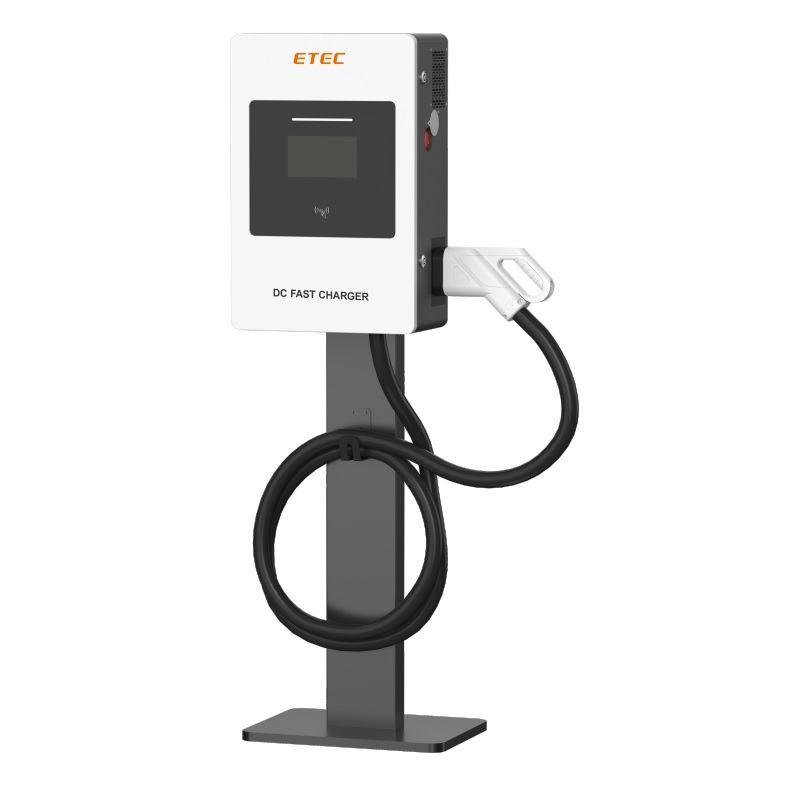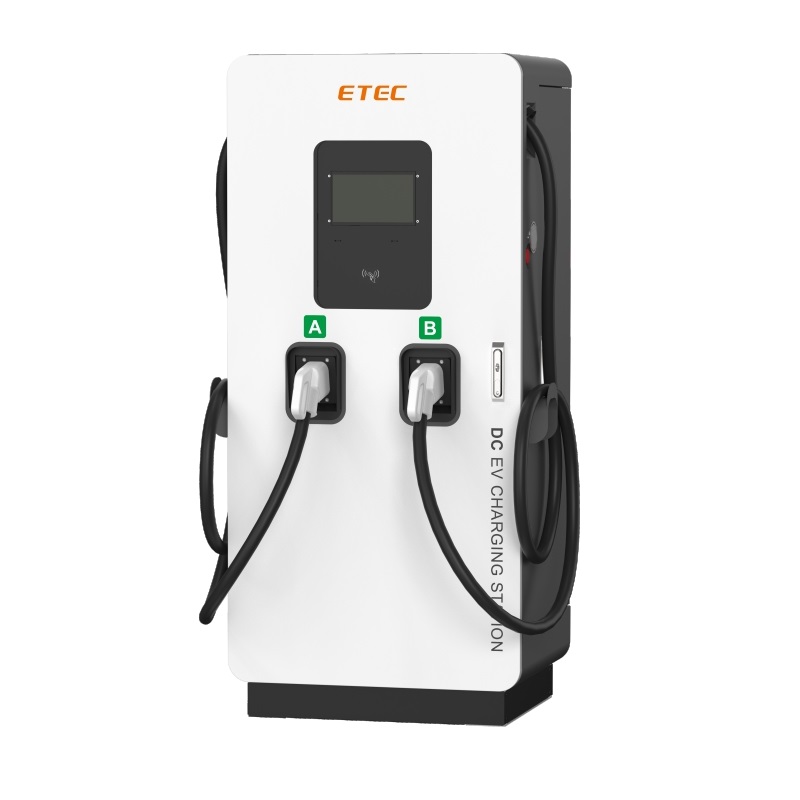Mastering EV Charging Essential Tips for Optimal Battery Care and Choosing the Right Charging Station
Electric vehicles (EVs) represent more than just a trend in the evolving automotive landscape; they signify a crucial shift toward sustainable transportation. However, many owners still have questions about how to charge their electric vehicles effectively and safely. Common concerns include: How can I charge without damaging the battery? How do I choose a cost-effective charger? Is it necessary to charge to 100%? What should I avoid when using a charger?
Understanding EV Battery Basics
Before diving into charging practices, it's essential to understand the technology behind EV Charger. Most electric vehicles use lithium-ion batteries, which are known for their efficiency and longevity. However, their lifespan can be affected by charging habits, temperature, and overall usage.
How to Charge Without Damaging the Battery
1. Avoid Frequent Full Charges: Lithium-ion batteries do not require a full charge to maintain health. In fact, regularly charging your EV to 100% can accelerate battery degradation. Aim to keep your battery between 20% and 80% charged for optimal longevity.
2. Use Smart Charging: Many modern EVs come equipped with smart charging features that allow you to schedule charging during off-peak hours or when electricity rates are lower. This not only saves money but also helps to manage the battery's thermal state.
3. Temperature Considerations: Extreme temperatures can impact battery performance. If possible, charge your EV in a climate-controlled environment or avoid charging when the battery is extremely hot or cold.
4. Slow vs. Fast Charging: While fast chargers are convenient for quick top-ups, frequent use can generate heat that may harm the battery over time. Whenever possible, opt for Level 2 (240V) charging at home or work for regular use.
Choosing a Cost-Effective Charger
1. Assess Your Needs: Determine how often you will need to charge and the typical range of your vehicle. If you mostly drive short distances, a Level 1 charger (120V) may suffice. For daily commutes or longer trips, investing in a Level 2 charger can provide the needed convenience.
2. Check Compatibility: Ensure that the EV Charger you choose is compatible with your specific EV model. Different manufacturers may have different charging plug types and specifications.
3. Look for Incentives: Many states and local governments offer rebates or incentives for installing home charging stations. Research available programs to offset the initial investment.
4. Consider Installation Costs: If you decide on a Level 2 charger, factor in installation costs, which can vary significantly based on your home's electrical setup. It's worth getting multiple quotes from certified electricians.
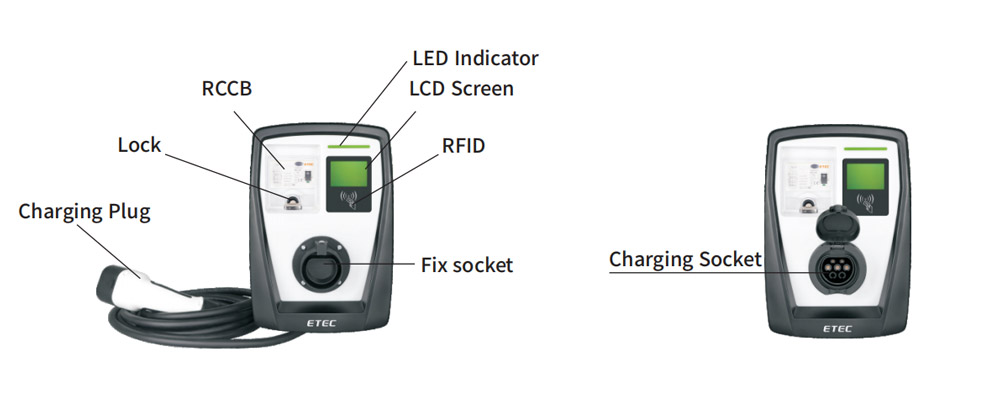
Is It Necessary to Charge to 100%?
Charging to 100% is typically unnecessary for daily driving needs. Most EV manufacturers recommend keeping your battery within the 20%-80% range for optimal health. Reserve full charges for long trips where you need the maximum range. Additionally, many EVs offer settings to limit the maximum charge level, providing an extra layer of protection for the battery.
What to Avoid When Using a Charger
1. Overcharging: Leaving your vehicle plugged in for extended periods after reaching full charge can lead to battery wear. Use built-in timers or smart charging options to prevent overcharging.
2. Using Uncertified Chargers: While public charging stations are generally safe, not all chargers are created equal. Avoid using unreliable or unverified ev charging stations, as they can potentially damage your vehicle's battery or electrical systems.
3. Ignoring Updates: Keep your vehicle’s firmware updated, as manufacturers often release updates that improve battery management and charging efficiency.
4. Neglecting Maintenance: Regularly check the charging equipment and connections for any signs of wear or damage. Maintaining clean and secure connections can enhance charging efficiency and safety.
Conclusion
Charging your electric vehicle doesn't have to be complicated. By understanding how to care for your battery, choosing the right EV Charger, and adopting good charging habits, you can maximize the lifespan of your EV while enjoying the benefits of sustainable transportation. As the electric vehicle landscape continues to evolve, staying informed and adapting to new technologies will ensure you get the most out of your electric driving experience. Embrace this shift toward sustainability and enjoy the journey ahead!


